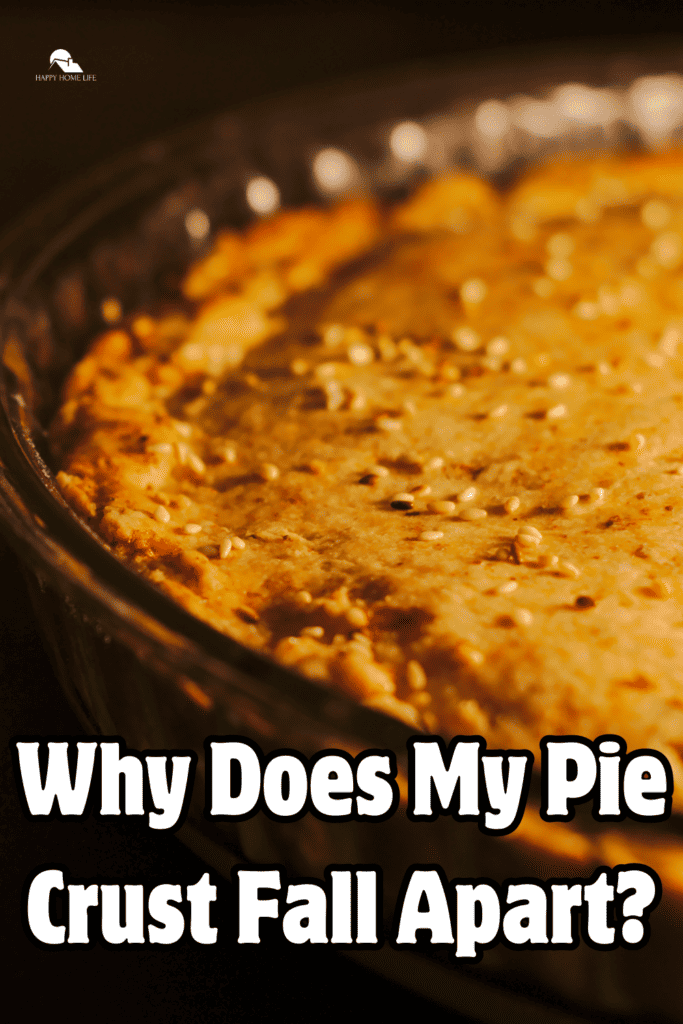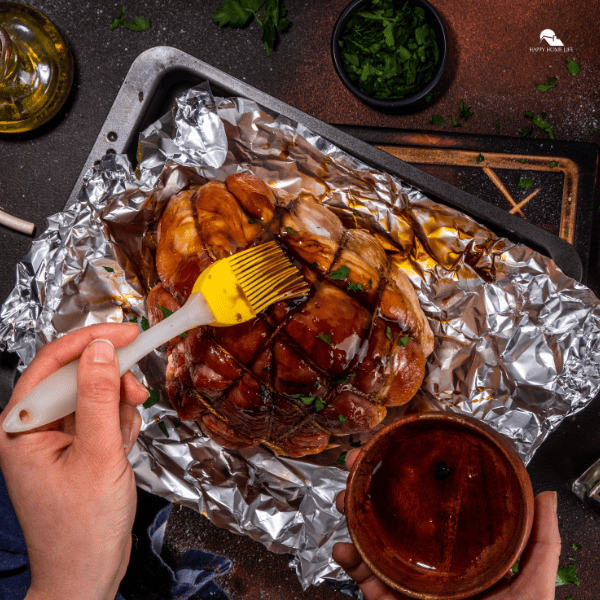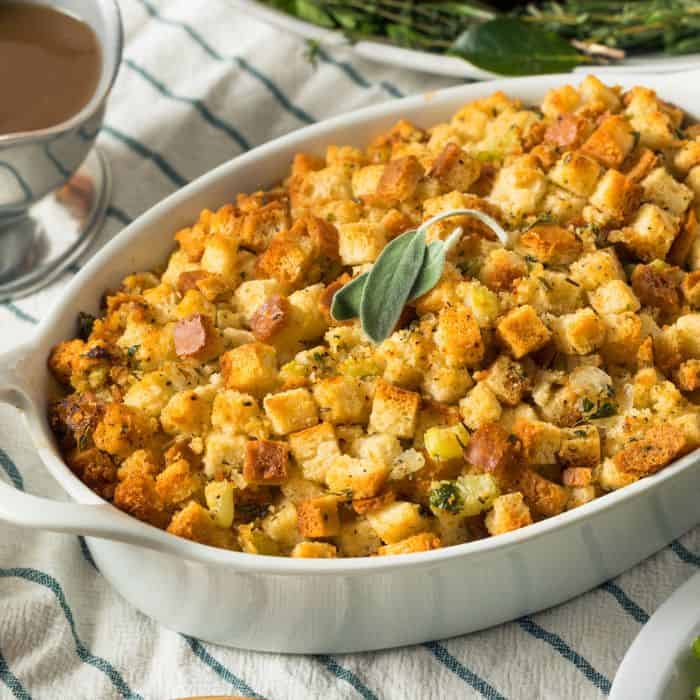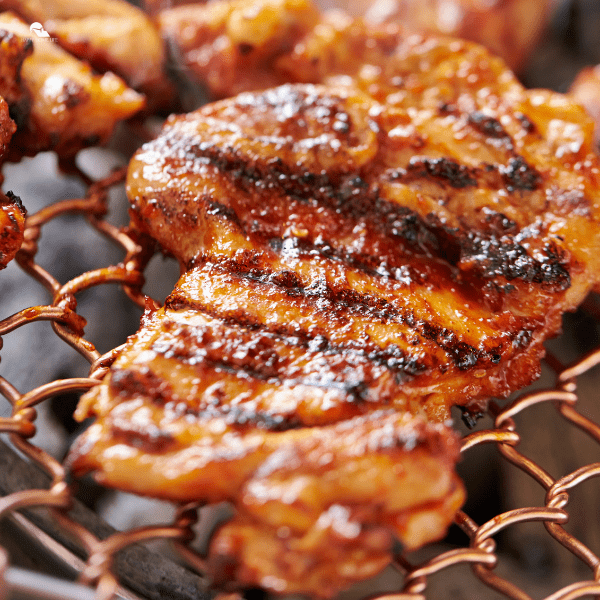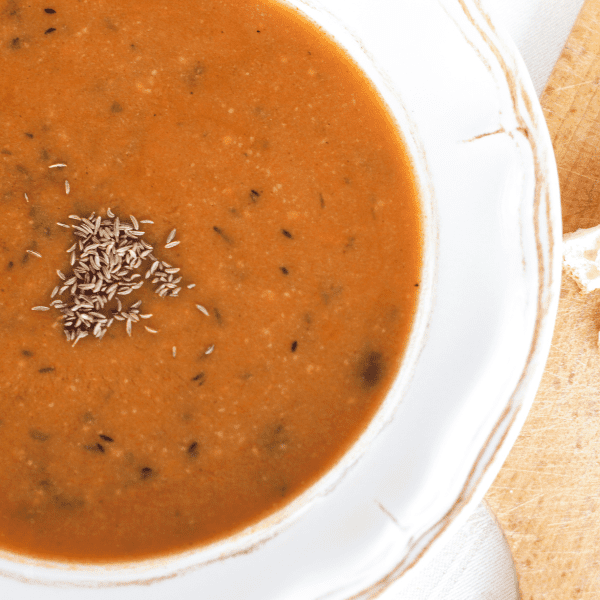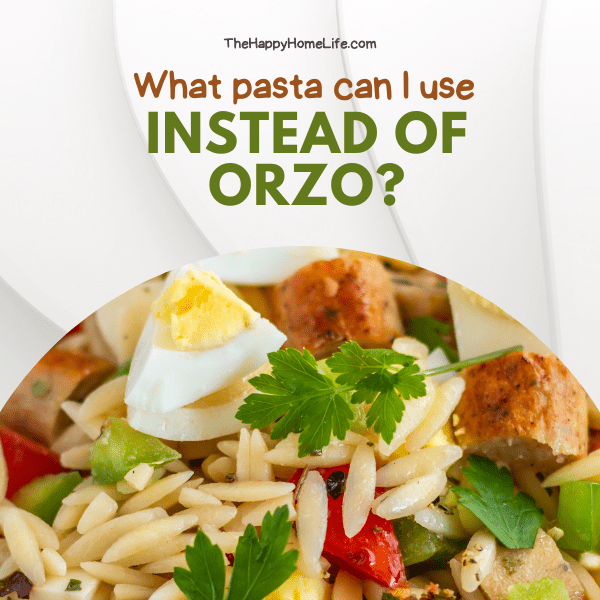Why does my pie crust fall apart? The dreaded moment when your perfectly formed pie crust falls apart can be a disheartening experience. Pie crusts are notoriously tricky to work with, and it’s easy to make mistakes that lead to disaster. Whether you’re making a traditional pie or one of the many delicious variations, there are several common causes for your pie crust crumbling at the seams.
From not using enough fat during preparation to overworking the dough, each mistake has its own solution that can ensure success in future pies. With a few simple adjustments and some practice, you can master making a perfect flaky pastry every time.
Read on for an overview of why your pie crust fell apart and what you can do about it!
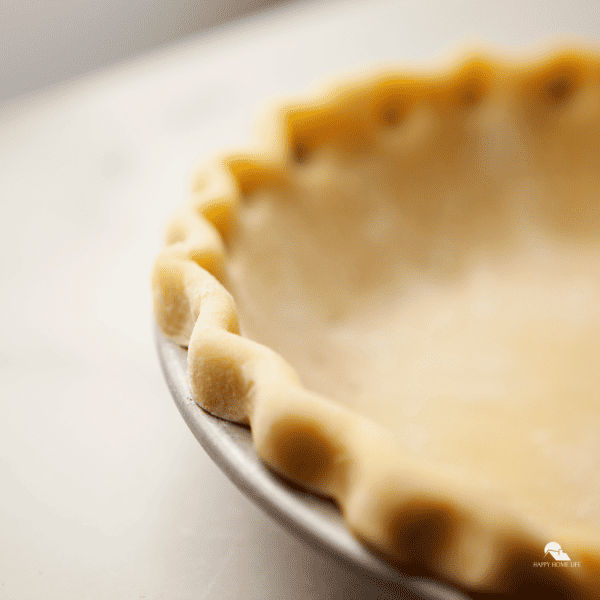
How do I keep my pie from falling apart?
To prevent a pie crust from falling apart, it is important to understand the science behind its success. Pie crusts are made with flour, fat, liquid, and sometimes sugar and/or salt. When these ingredients are mixed, they form gluten – a protein that gives dough structure. However, too much gluten can make the dough tough and lead to cracking or breakage.
One way to avoid excess gluten formation is to handle the dough as little as possible. Overworking or kneading the dough will encourage gluten development and cause it to be less tender. Another trick is to use a combination of fats in the recipe. Butter provides flavor and encourages browning and flakiness while shortening adds tenderness and texture.
It is also vital not to skimp on the chill time when working with pie crusts. Cold temperatures help keep the fat solid and reduce the chance of overworked gluten. Before rolling out your crust, refrigerate it for at least an hour (or even overnight) until firm. Once rolled out and placed in your pie dish, consider returning it to the refrigerator for another 15-30 minutes before filling and baking.
The key tips to prevent the pie crust from falling apart include handling the dough sparingly, using a combination of fats for balance, and keeping everything chilled throughout the process. With these foundational skills mastered, pies can be approached confidently, knowing that their structure will hold up beautifully – leaving only delicious bites of flaky goodness behind!
You might enjoy these posts:
Why does my pie crust break after baking?
There are several reasons why a pie crust may fall apart or break after baking. One of the most common reasons is overworking or overhandling the dough, which can lead to overdeveloped gluten. When this happens, the crust becomes tough and can crack or break easily.
Another reason why a pie crust may fall apart is due to underbaking. Pie crusts need to be baked until they are golden brown and fully cooked through. If they are underbaked, they may be much more delicate and prone to crumbling.
In some cases, the moisture content in the filling can also affect the texture of the pie crust. Filling that is too wet can seep into the crust and cause it to become soggy or overly soft, making it more likely to fall apart.
Lastly, using too much flour when rolling out the dough can also result in a dry and crumbly pie crust. Excessive flour can prevent proper hydration and gluten development, leading to an overly dry and brittle texture.
To avoid these issues, handling the dough gently and not overworking it during preparation is important. It’s also crucial to bake your pie for an appropriate length of time at the right temperature.
Finally, ensure your filling isn’t too wet or that you’ve used too much flour when rolling out your dough.
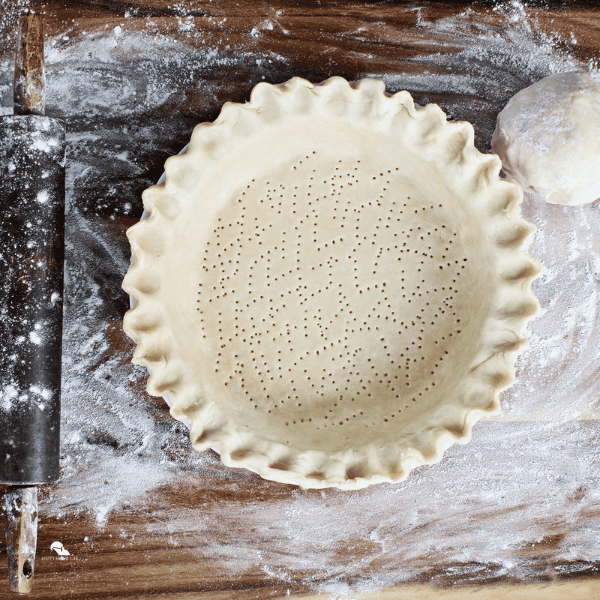
What is a trick to making a good pie crust?
The trick to making a good pie crust is to keep everything as cold as possible. This means using very cold butter or fat and adding ice water slowly to the mixture. It’s important not to overwork the dough, which can lead to overdeveloped gluten and a tough crust.
You also want to be mindful of the amount of water you add – too little can result in a dry, crumbly dough, while too much can make it difficult to handle. Once you have your dough made, chill it for at least an hour (or overnight) before rolling it out. Roll the dough out on a floured surface and transfer it carefully into your pie dish when ready.
Lastly, don’t forget to dock or prick the bottom of your crust with a fork – this helps prevent any air pockets from forming and keeps everything uniform during baking.
With these tips in mind, you’ll always have a delicious and flaky pie crust!
Why is my pie crust dry and crumbly after baking?
There are several reasons why a pie crust may become dry and crumbly after baking. One common reason is overworking the dough, which can cause the gluten in the flour to develop too much. Another possible reason is not adding enough fat or liquid to the dough, which can result in a lack of moisture and tenderness.
Additionally, baking time and temperature can also affect the texture of the crust. If a pie is baked for too long at too high a temperature, it can cause the crust to dry out and become tough. Similarly, if the filling has too much moisture or acidity, it can seep into the crust and cause it to become soggy or brittle.
It’s important to use a high-quality recipe that includes precise measurements and instructions to prevent a dry and crumbly crust. It’s also helpful to chill your dough before rolling it out to ensure it stays cold while working with it. Finally, avoid overbaking your pies and try filling them with ingredients that won’t make them overly wet or acidic.
